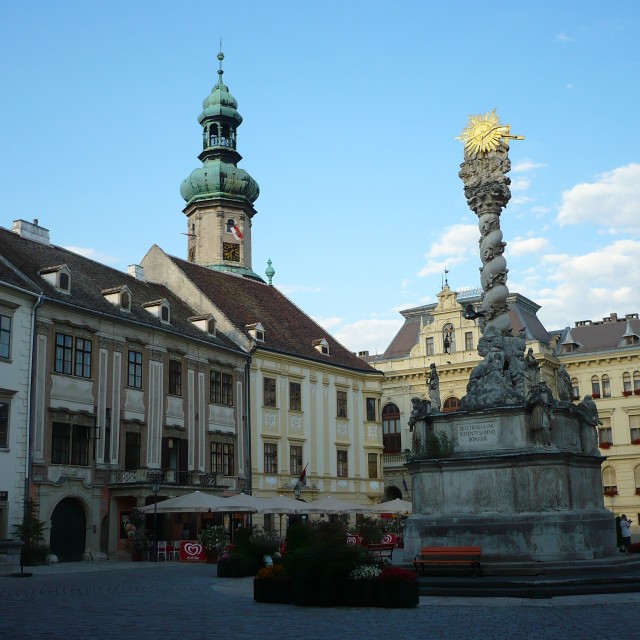Hiding in the straw
In September 1948 Bálint Ordódy in the company of his half-sister and his brother-in-law went to Sopron by train and they made a second attempt to cross the border near to the town. Their family company which possessed several blocks of flats in the Hungarian capital was nationalized in 1947. His father to avoid the pesterings of the Soviet forces emigrated to Switzerland the same year. His mother was smuggled out of Hungary by the French minister in Budapest. Before her leaving they decided that her son and her sister would follow them and they would start together a new living in France. So the group of three arrived to Sopron by train. Bálint Ordódy and his brother-in-law were in the street waiting for the sister, they were going to those who would help them across the border, when a small unit of patrols appeared on the corner. Bálint whispered to his brother-in-law: ’just don’t move!’ They stopped just ten centimeters off us. They must have noticed we weren’t from Sopron. We stared each other. We became statues, statues of marble.” Finally their commander ordered ’right turn!’ and they left. Their acquaintances organized that the railwaymen would help them to get on a stock train which was going to Austrian in the night and then back to Sopron. The train was controlled before the departure but they were hiding in the straw. „We were told by the railwaymen that when the train would have crossed a certain strip of land in Austria, it would slow down. We could jump off it then!” They continued on foot across the fields. The watch towers were already under construction but the iron curtain hadn’t been installed yet. They went a few kilometers, it was daybreak. „We were on the Austrian side of the border but in the Soviet sector.” They was afraid of meeting Soviet guards. They went by a cemetary, they reached a road, a van stopped and brought them to Wien. They met their parents in the city center. They went to the American sector, then to Salzburg, but since they hadn’t got documents they had to continue their way escaping for France
Hodnocení
Hodnotilo 0 lidí
Routes
Not a part of any route.
Comments
No comments yet.







